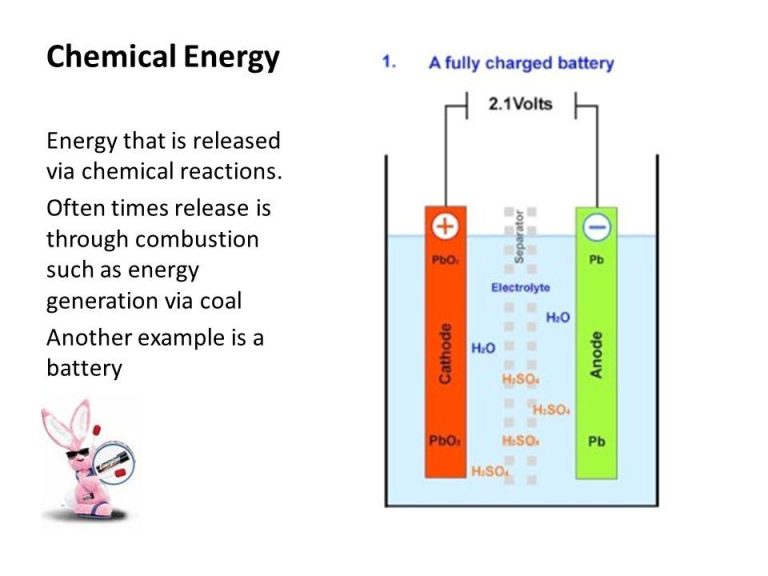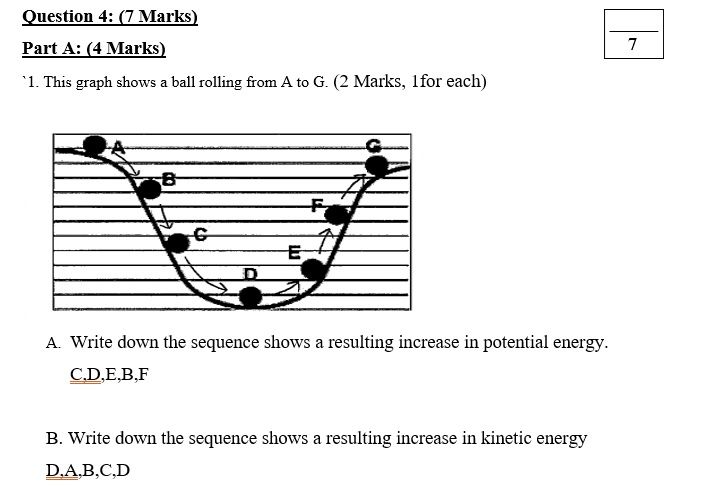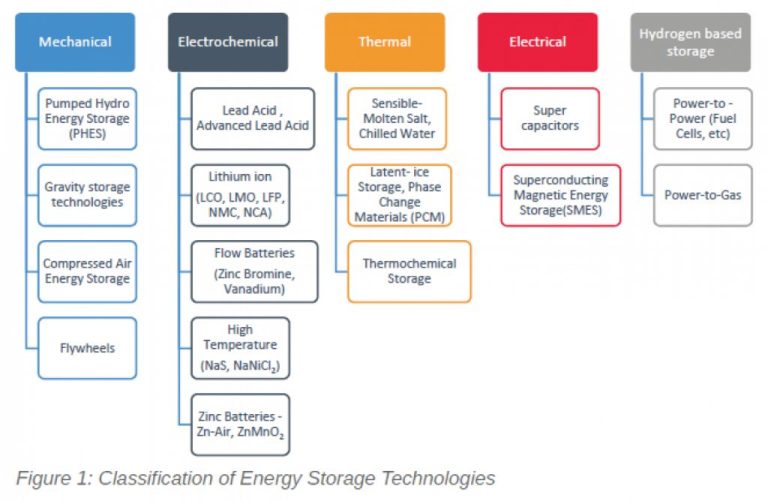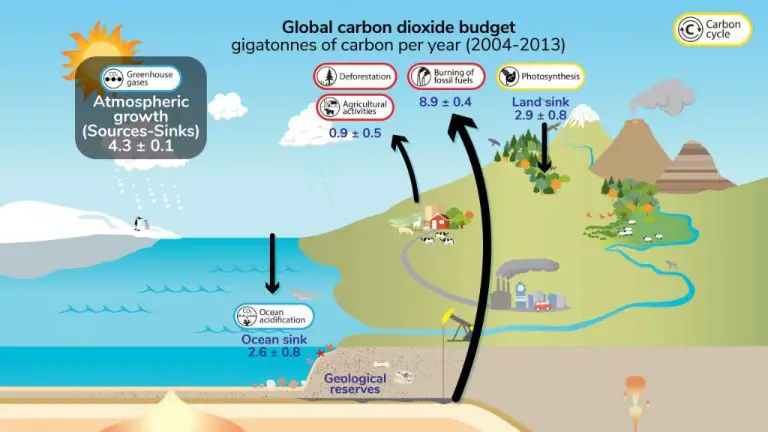What Is The Definition Of 1 Kwh Of Electricity?
A kilowatt-hour (kWh) is a unit of energy that equals the amount of electricity needed to power 1,000 watts for one hour. Understanding kilowatt-hours is important for electricity consumers because utility companies charge for electricity usage based on the number of kilowatt-hours consumed. Knowing what a kilowatt-hour represents can help consumers better understand their electricity bills and work to reduce their energy usage and costs.
What is a Kilowatt-Hour?
A kilowatt-hour (kWh) is a unit of energy that equals the amount of energy consumed when using one kilowatt of power over the course of one hour. In other words, a kilowatt-hour measures energy usage, not power.
Power is the rate at which energy is transferred or transformed per unit of time. It is measured in watts. Energy is power accumulated or integrated over time. It is measured in watt-hours.
So while a kilowatt (kW) represents an amount of power being used at any given moment, a kilowatt-hour (kWh) represents the total amount of energy used over time at that rate of power usage. A kilowatt-hour quantifies a fixed amount of energy no matter how long it takes to deliver that energy. One kWh is equivalent to using 1,000 Watts for one hour or using 1 Watt for 1,000 hours.
In summary, the kilowatt-hour is a unit of energy equal to the total amount of work done by a power of one kilowatt operating for one hour. It measures energy consumption over time, not instantaneous power draw.
Kilowatt vs Kilowatt-Hour
The key difference between kilowatts and kilowatt-hours is that kilowatts measure power, while kilowatt-hours measure energy usage over time. Power is the rate at which electricity is being used at any moment, while energy refers to the amount of electricity consumed over a period of time.
A kilowatt (kW) is a unit of instantaneous power equal to 1,000 watts. For example, a device rated at 1.5 kW is using 1,500 watts of power at that moment. The kilowatt rate shows how fast or slow electricity is being used.
A kilowatt-hour (kWh) is a unit of energy equivalent to the energy consumed at a constant rate of 1 kilowatt for 1 hour. For example, a 100-watt light bulb left on for 10 hours would consume 1 kWh of energy (100 watts x 10 hours / 1000 watts per kW). Kilowatt-hours measure the total amount of electricity used over time.
To summarize, kilowatts measure the rate of electric power usage at any given instant, while kilowatt-hours measure the total electric energy used over a period of time. Kilowatts are used to size electrical equipment, while kilowatt-hours are used for billing electricity usage.
Calculating Kilowatt-Hours
The formula to calculate kilowatt-hours (kWh) is relatively simple:
kWh = Power (kilowatts) x Time (hours)
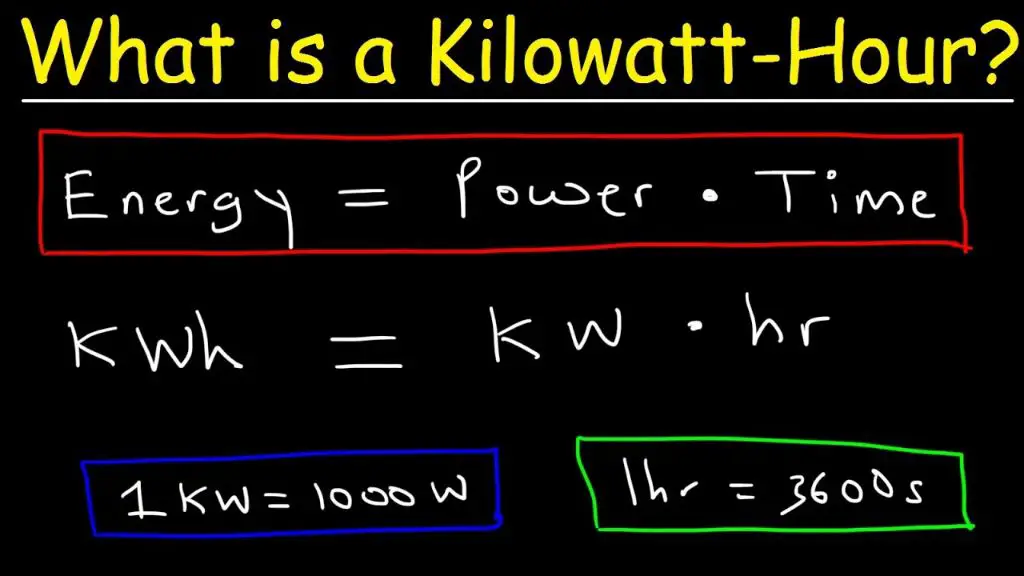
For example, if you use a 100 watt light bulb for 10 hours, you can calculate the kWh used as follows:
Power = 0.1 kW (100 watts = 0.1 kilowatts)
Time = 10 hours
kWh = 0.1 kW x 10 hours
= 1 kWh
So using a 100 watt light bulb for 10 hours consumes 1 kWh of electricity.
As another example, if an appliance with a power rating of 1500 watts runs for 2 hours, the kWh usage would be:
Power = 1.5 kW (1500 watts = 1.5 kilowatts)
Time = 2 hours
kWh = 1.5 kW x 2 hours
= 3 kWh
So a 1500 watt appliance running for 2 hours consumes 3 kWh of electricity.
Why kWh Matters
The kilowatt-hour is important because it allows us to understand and manage our electricity usage. Electric utilities bill customers based on kilowatt-hour usage. The more kilowatt-hours used, the higher the electricity bill will be.
Knowing how many kilowatt-hours various appliances and devices consume helps consumers make informed choices to reduce energy usage. For example, efficient LED light bulbs use far fewer kilowatt-hours than traditional incandescent bulbs to produce the same amount of light. Using energy efficient appliances and properly insulating your home reduces kilowatt-hour consumption, saving money on bills.
Utilities and governments also use kilowatt-hours to promote energy conservation and efficiency. Programs encouraging customers to reduce kilowatt-hour usage during peak demand times help utilities avoid blackouts and keep costs down. Building codes requiring a certain kWh efficiency for new constructions push for smarter energy use.
So understanding the kilowatt-hour gives both individual consumers and society at large a useful tool to gauge electrical energy usage, improve efficiency, and reduce waste – saving money and resources.
kWh Usage Examples
To understand typical kWh usage, it helps to know the amount of electricity used for common appliances and activities. Here are some average kWh estimates:
- Refrigerator – 0.65 kWh per day
- Clothes dryer – 3-5 kWh per load
- Dishwasher – 1-2 kWh per load
- Washing machine – 2-4 kWh per load
- LED light bulb – 0.012 kWh per day
- Incandescent light bulb – 0.12 kWh per day
- Window AC unit (small) – 3 kWh per day
- Central AC system – 30 kWh per day
- Electric oven – 2-4 kWh per use
- Microwave oven – 0.6-1.2 kWh per use
- Toaster oven – 1.5 kWh per use
- Gaming console – 0.2-0.5 kWh per hour
- Laptop computer – 0.03-0.1 kWh per hour
- Electric vehicle charging – 30 kWh per full charge
Knowing typical kWh is useful for estimating your home’s energy costs and finding opportunities to save electricity.
Saving kWh
There are many ways to reduce your electricity usage and lower your kWh consumption. Here are some tips:
Use Energy Efficient Light Bulbs
Replace traditional incandescent light bulbs with LED or CFL bulbs which use a fraction of the energy for the same light output.
Unplug Devices When Not In Use
Devices continue to draw power even when switched off unless they are unplugged. Unplugging unused electronics can save significant amounts of electricity.
Use Power Strips
Plug appliances like TVs, computers and chargers into power strips that can be easily switched off when not in use.
Adjust the Thermostat
Lower your thermostat temperature in the winter and raise it in the summer to save electricity from heating/cooling. Programmable thermostats allow automatic adjustments.
Use Less Hot Water
Heating water accounts for a large portion of home energy use. Take shorter showers, use cooler water, and wash clothes in cold water to reduce hot water usage.
Replace Old Appliances
New ENERGY STAR certified appliances are far more energy efficient. Prioritize replacing old refrigerators, dishwashers and washing machines.
Seal Air Leaks
Sealing cracks and openings in your home prevents cooled or heated air from escaping, reducing HVAC energy consumption.
Use Smart Power Strips
These power strips sense when main devices are off and automatically cut power to other connected devices to prevent phantom load.
Change AC Filters
Dirty AC filters force your system to work harder, using more energy. Changing them monthly improves efficiency.
Utilize Natural Lighting
Open blinds and curtains during the day to maximize natural sunlight instead of using lights.
Use Ceiling Fans
Ceiling fans cool people directly and allow raising the thermostat temperature while maintaining comfort.
kWh Cost
The average electricity rate per kWh varies significantly by location. In the United States, the average residential rate is around 13 cents per kWh. However, prices range from over 30 cents in Hawaii and parts of New England, down to under 10 cents in some plains and mountain states.
Commercial and industrial users tend to pay less per kWh, with average rates of 10-11 cents. But again, there is significant regional variation based on local energy costs and regulations. Major cities like New York and San Francisco can average over 20 cents for commercial customers.
Understanding the per kWh cost is important for budgeting your electricity expenses. Calculating your approximate monthly kWh usage and multiplying by your rate gives the estimated cost. Any efforts to reduce kWh consumption can lead to meaningful savings.
Regional Differences
Electricity usage in kWh can vary significantly depending on location and climate. Colder regions generally use more electricity for heating and warm regions use more electricity for air conditioning. According to the U.S. Energy Information Administration, the average monthly residential electricity consumption in 2020 was:
- 889 kWh in Florida
- 631 kWh in California
- 934 kWh in Texas
- 748 kWh in New York
Some key factors that influence regional kWh usage:
- Heating and cooling needs based on climate
- Home size and type of housing units
- Energy efficiency standards and building codes
- Energy costs and incentives for efficiency
- Demographics and household energy usage
Understanding regional differences can help consumers compare their energy use and identify ways to be more efficient based on their location and housing characteristics.
Conclusion
In summary, a kilowatt-hour (kWh) is a unit of measure for electricity consumption.
Understanding electricity usage in terms of kWh is important for both electricity providers and consumers. For providers, kWh allows them to understand demand and adjust infrastructure appropriately. For consumers, knowing how many kWh different devices and appliances use helps manage electricity costs and potentially reduce usage.
The concept of a kilowatt-hour allows us to easily quantify electrical energy usage over time. With a basic understanding of what a kWh represents, consumers can better estimate their electrical needs, compare plans and providers, and ultimately make more informed choices related to their electricity use.

